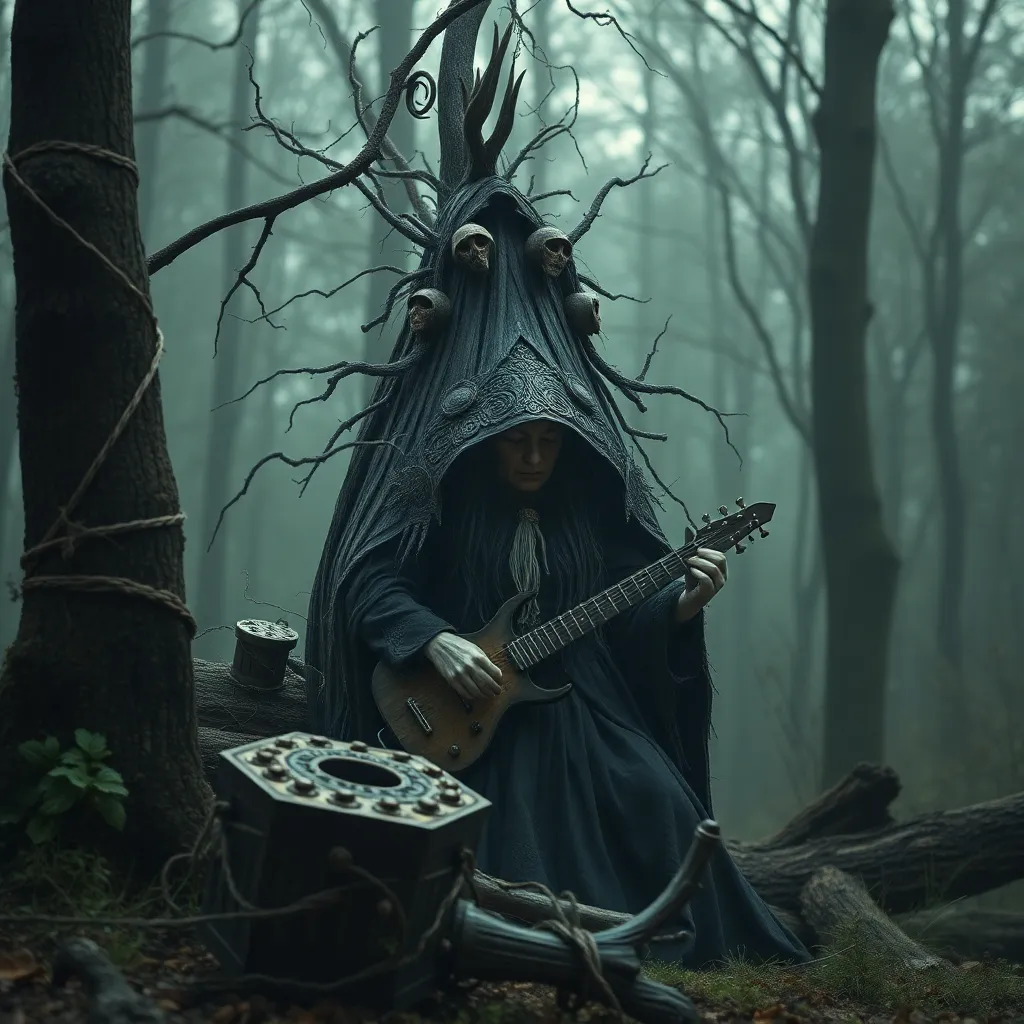The Hydra’s Journey: Tracing the Monster’s Evolution in Different Mythological Traditions
I. Introduction
The Hydra, a legendary creature from ancient mythology, has captivated imaginations for centuries. Known primarily for its terrifying multi-headed form, the Hydra represents a range of themes, from chaos and destruction to resilience and the struggle against insurmountable odds. This article aims to explore the evolution of the Hydra across different mythological traditions, examining its origins, adaptations, and significance in both ancient and modern contexts.
II. The Origins of the Hydra in Greek Mythology
In Greek mythology, the Hydra is a serpentine monster with multiple heads, famously depicted as having anywhere from five to a hundred heads. For every head that was cut off, two more would grow in its place. This regenerative ability made the Hydra a formidable opponent, symbolizing the challenges that heroes must overcome.
The most well-known story involving the Hydra is part of Heracles’ Twelve Labors. Tasked with slaying the creature, Heracles faced daunting challenges. With the help of his nephew Iolaus, who cauterized the neck stumps after Heracles severed the heads, they eventually defeated the Hydra. This tale not only highlights the hero’s strength but also illustrates themes of teamwork and ingenuity in overcoming obstacles.
Symbolically, the Hydra embodies chaos and the struggle against overwhelming adversity. Its multi-headed form can represent the complexity of life’s challenges, suggesting that problems may multiply when one tries to tackle them head-on without a strategic approach.
III. The Hydra in Roman Mythology
In Roman mythology, the Hydra was adopted from Greek lore, although its adaptations often reflected Roman values and cultural nuances. The creature was still depicted as a multi-headed serpent, but Roman tales emphasized themes of valor and the hero’s journey, aligning the Hydra more closely with the Roman ideal of strength in adversity.
Comparing the Roman and Greek interpretations, one can observe that while the fundamental characteristics of the Hydra remained the same, Roman narratives often included more emphasis on civic duty and the collective effort of society in overcoming monstrous threats.
The influence of Roman culture further shaped the Hydra’s portrayal, transforming it into a symbol of the empire’s struggles against barbarism and chaos, thus reinforcing the narrative of civilization triumphing over chaos.
IV. The Hydra in Eastern Mythologies
The concept of multi-headed serpentine creatures is not confined to Greco-Roman traditions. In Hindu mythology, for instance, the serpent “Ahi” is depicted as a powerful entity that embodies chaos and is often associated with water and storms. Ahi represents both the destructive and life-giving aspects of nature, similar to the dual nature of the Hydra.
In Chinese mythology, multi-headed dragons play a significant role in folklore. These dragons often symbolize power, strength, and auspiciousness, contrasting with the more malevolent representations found in Western traditions. The multi-headed aspect of these dragons may reflect the idea of unity in diversity, suggesting that different heads can represent different strengths within a single entity.
Common themes across these Eastern traditions include the balance between chaos and order, and the idea that such creatures can be both adversaries and symbols of natural forces that must be respected and understood.
V. The Hydra in Modern Literature and Media
In contemporary storytelling, the Hydra has evolved significantly. Modern literature, films, and video games often reinterpret the creature, reflecting contemporary themes and societal issues. The Hydra appears in various forms, from fantasy novels to blockbuster films, where it serves as a metaphor for personal and collective challenges.
For example, in video games, the Hydra can represent complex enemy mechanics that require strategy and collaboration to defeat, mirroring the original myth of Heracles. In literature, the Hydra often symbolizes the multifaceted nature of evil or adversity, reminding audiences of the complexities of human struggles.
VI. Symbolic Interpretations of the Hydra
The Hydra can be seen as a representation of chaos and resilience. Its ability to regenerate and multiply heads when attacked symbolizes the idea that challenges can grow exponentially if not addressed effectively. This characteristic serves as a reminder of the importance of strategy and foresight in problem-solving.
From a psychological perspective, multi-headed monsters like the Hydra may represent internal conflicts or fears that individuals face. Each head can symbolize a different aspect of the self or a different challenge, highlighting the complexity of the human psyche.
In popular culture, the Hydra has societal implications, often used to critique systemic issues. For example, in political contexts, the Hydra is used to symbolize oppressive regimes that seem to multiply their power despite efforts to dismantle them.
VII. Comparative Analysis of the Hydra Across Cultures
An analysis of the Hydra across various cultures reveals both similarities and differences in its characteristics. While the monster often retains its multi-headed form, the cultural context significantly influences its symbolism and narrative role.
- Similarities:
- Multi-headed form representing complexity and chaos.
- Thematic elements of struggle and resilience.
- Differences:
- In Western traditions, the Hydra often embodies evil and chaos.
- In Eastern traditions, multi-headed creatures may symbolize harmony and strength.
The environment and culture play significant roles in shaping these mythological creatures. Cross-cultural influences also contribute to the adaptations of the Hydra, as stories and ideas travel and evolve over time.
VIII. Conclusion
In summary, the Hydra has undergone a remarkable evolution from its origins in Greek mythology to its representations in modern culture. This creature, with its multi-headed form, serves as a powerful symbol of chaos, resilience, and the complexities of human experience.
The enduring legacy of the Hydra in mythology and culture highlights its significance as a representation of the challenges we face. Studying such mythological creatures deepens our understanding of human experience and the narratives that shape our worldviews, reminding us that the struggle against chaos is a universal theme that transcends time and culture.



